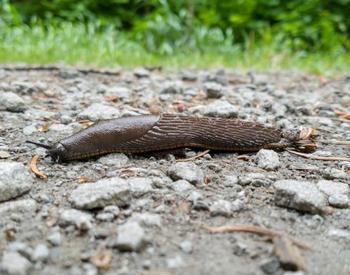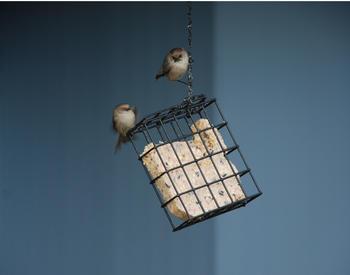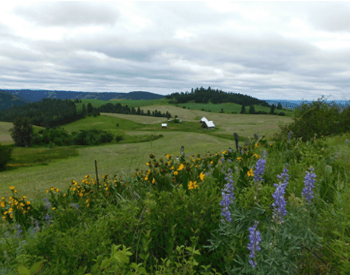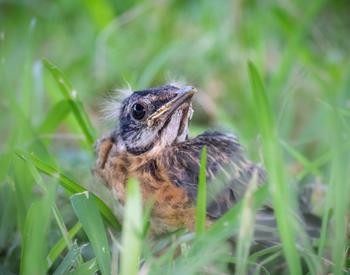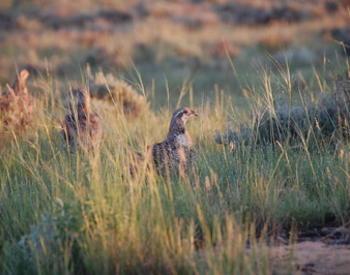CORVALLIS, Ore. – Gardeners should be glad to see snakes glide through the garden. These much-maligned reptiles consume garden pests, including slugs, grubs, mice, voles and rats.
"The vast majority of snakes in Oregon are very beneficial," said Bob Mason, a professor of integrative biology at Oregon State University who specializes in snakes.
Snakes eat a variety of pests. The garter feeds on slugs; the sharp-tailed snake adds grubs to their diet, including the destructive Japanese beetle grub. Rubber boas specialize in eating mice and voles, going down their tunnels after them. And gopher snakes snack on mice and rats.
"I've even had farmers call me up and ask if I had any snakes available," Mason said.
Garters are the type of snake most often seen by urban and suburban gardeners, he said. Two species of garter snakes are commonly found throughout much of Oregon, except the mountains: the abundant western terrestrial garter snake and the common garter snake. In western Oregon, a third species is also present, the northwestern garter snake. An aquatic garter snake resides in southwestern Oregon.
Garter snakes generally breed in the spring and give birth to live young in the late summer or fall. Often, young are not seen until the following spring, after they emerge from hibernation after their first winter.
"Most young garter snakes don't survive into adulthood," Mason said. "They are killed off by predators, cars and lawnmowers."
To make your property garter snake friendly, Mason advises:
- Walk your lawn before you mow it to scare the snakes into hiding. Lawn mowers are deadly to snakes because they can't hear like we do. Rather, they feel vibrations.
- Provide habitat for snakes if you have room. Old plywood or corrugated metal roofing left loosely on the ground in an out-of-the-way place on your property provides hiding and nesting places for slithering creatures. Old stumps and large rocks also make good snake habitat.
- Don’t use chemicals such as pesticides and fertilizers, in areas used by snakes, including lawns.
- If you have pets, the likelihood of attracting snakes is minimal.
The western rattlesnake, the only species of truly venomous snake native to Oregon, feeds on mice, rats and other smaller animals. Rattlesnakes were once more commonly found on both the west and east sides of the Cascades, however they’ve largely been killed off on the west side, Mason said.
"Rattlers are rare in northwestern Oregon," he said. "They were shot out 100 years ago by early settlers. There are a few dens left, but only in really isolated places."
In southern and eastern Oregon, however, rattlers are more common.
"Rattlesnakes are part of the natural environment," he said. "They should be respected. When you encounter one in its natural environment, away from homes and children, stay away and leave the snake alone. They are quite reclusive and rarely aggressive."
Learn more about snakes from the Extension publications Common Garter Snake and Attract Reptiles and Amphibians to Your Yard. Mason also recommends the photo-illustrated book, "Reptiles of Washington and Oregon," published by the Seattle Audubon Society and edited by Robert M. Storm and William P. Leonard.
